We all know that multiple monitors can extremely improve our productivity and bring a great experience, especially when you’re using a laptop. But how to connect external monitors to a laptop? You’ve come to the right place. This article introduces an easy and clear guideline to connect two external monitors to your laptop.
Note: The instructions below apply to adding multiple monitors for laptop, but it also works if you want to add external monitors to your PC/desktop.
Things to check before the start
Generally speaking, most Windows laptops now support dual monitors, at least. But you need to make sure your laptop is capable to add two external monitors. And that depends on your Windows operating system, the capability of your graphics cards and drivers.
Windows XP/7/8/10 all support multiple monitors, so you just need to check the graphics card and ports on your laptop.
1. Check the graphics card
First of all, you may need to make sure your graphics card supports multiple monitors. Normally, every graphics card provides at least two outputs, but you will need to check the graphics card properties on the manufacturer’s website, find your graphics card and check the specifications to see if it supports adding two external monitors.
For example, if you are using NVIDIA GeForce graphics card, you can check it out on the official website, and click your graphics card, and check the specification, then you will see if it supports multiple monitors.
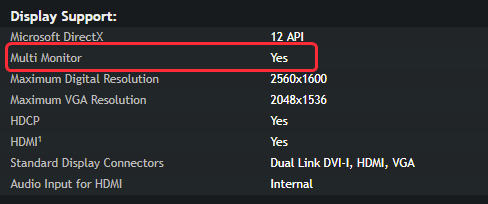
If it does not support adding multiple monitors, you may need to buy and install a correct graphics card (e.g GeForce RTX 2080) before you keep processing.
2. Check available ports on your laptop
Then you may need to check the ports on your laptop. Generally a computer or laptop should include any of these four ports:
Display Port can provide an interface with an optional audio high-definition content protection.
Digital Video Interface (DVI) is usually color-coded with white plastic and labels.
Video Graphics Array (VGA) is normally color-coded with blue plastic and labels.
High-Definition Multimedia Interface (HDMI) can connect all kinds of video devices and provide sounds through the cable.
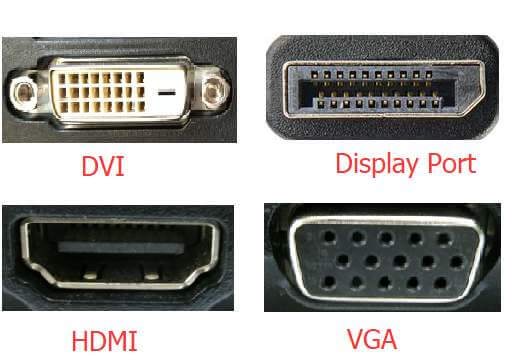
You can check the ports on the back or on the sides of your laptop. In addition to the ports on your laptop, the monitors should have the corresponding ports as well. That will save your time and money to connect them. Otherwise you will need to buy an extra adapter, such as DVI to HDMI adapter to have them match.
If you don’t have the match ports for your laptop and your monitor
If the ports in your laptop is not the same as the connectors in your monitor cables, don’t give up hope. There is workaround! You can try one of the methods below to continue:
- Use an adapter, such as an HDMI to DVI adapter. This works if you have two different ports for your laptop and your monitor.
- Use a switch spillter, such as a Display splitter to have two HDMI ports. This works if you have only one HDMI port on your laptop but you need to HDMI ports.
- Use a docking station, and it works in various circumstances.
How to set up to connect two monitors
Since everything is ready, you can start connecting the two monitors to your laptop.
Note: Connect your monitors while your laptop is turned on. In most cases, Windows will detect when a new monitor is plugged in.
For example, I have VGA and HDMI ports on my laptop, and my external monitors have cables for VGA and HDMI ports as well:
1) Plug the cable of the first external monitor to the correct video port on your laptop. So I plug the VGA cable of the first external monitor into the VGA port on my laptop.
2) Plug the cable of the second external monitor to the other correct port on your laptop. So I plug the HDMI cable of the second external monitor into the HDMI port on my laptop.
3) On your laptop, right click an empty area of your desktop, if you are using Windows 10, click Display settings,
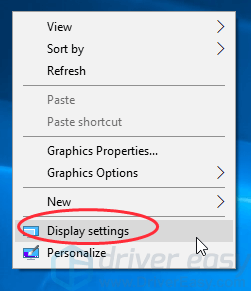
if you are using Windows 8/7, click Screen resolution.
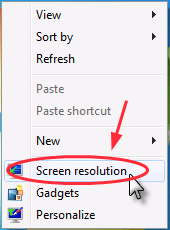
4) You will see three displays labeled with 1, 2 and 3 in display mode. Generally speaking, the display 1 is the monitor of your laptop, and the display 2 and 3 are the external monitors.
5) Click the display 2, and select Extend desktop to this display in Multiple displays, and click Apply.
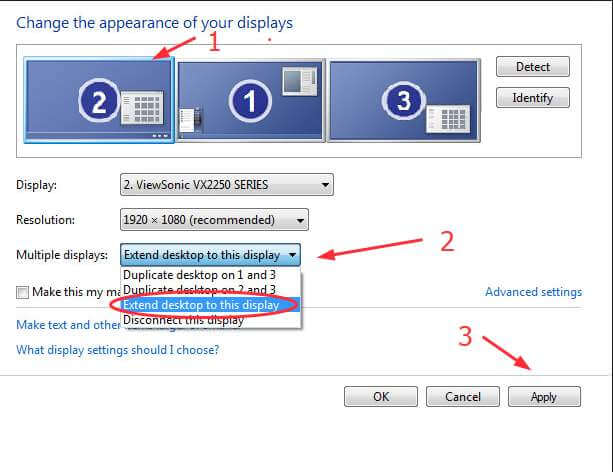
6) Click the display 3, and select Extend desktop to this display in Multiple displays, and click Apply.
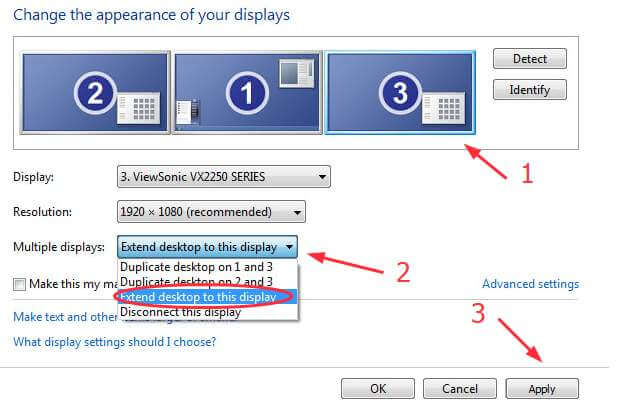
7) Click OK to finish the settings, and you can now use the three monitors on your laptop.
Tips: You can click and drag each display (1, 2 or 3) to rearrange the display. You can also change the size of items, display resolution and orientation according to your preferences.
Source: https://www.drivereasy.com/knowledge/how-to-connect-two-monitors-to-a-laptop/
